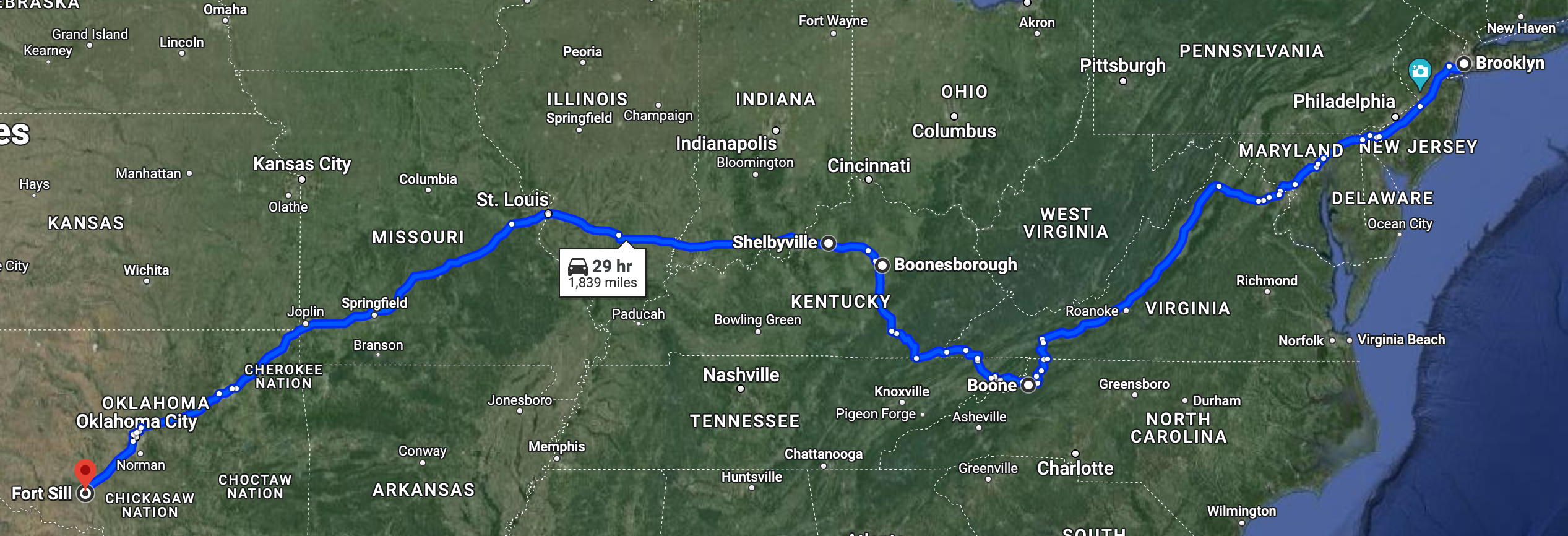
A 400 Year Journey
My family has a long history of homesteading and pioneering in this country that we now call America. My earliest recorded ancestor to immigrate to the New World was Cornelis Van Cleef, born in Holland in 1602 and died in New York in 1686. Not much is known about this first American in my heritage, but family rumor suggests that he fled Holland after making a failed attempt at the throne.
His great-grandson, Captain Aaron Van Cleave, was the first to change the spelling of the name. He was born in 1711 in New Utrecht (Brooklyn), New York and migrated to North Carolina in 1751. There he became acquainted with a young Quaker named Daniel Boone, and purchased 640 acres from him, on which he spent the remainder of his life. He became a respected member of the community, serving as constable, and was instrumental in the creation of the Mecklenburg Declaration of Independence in 1775.
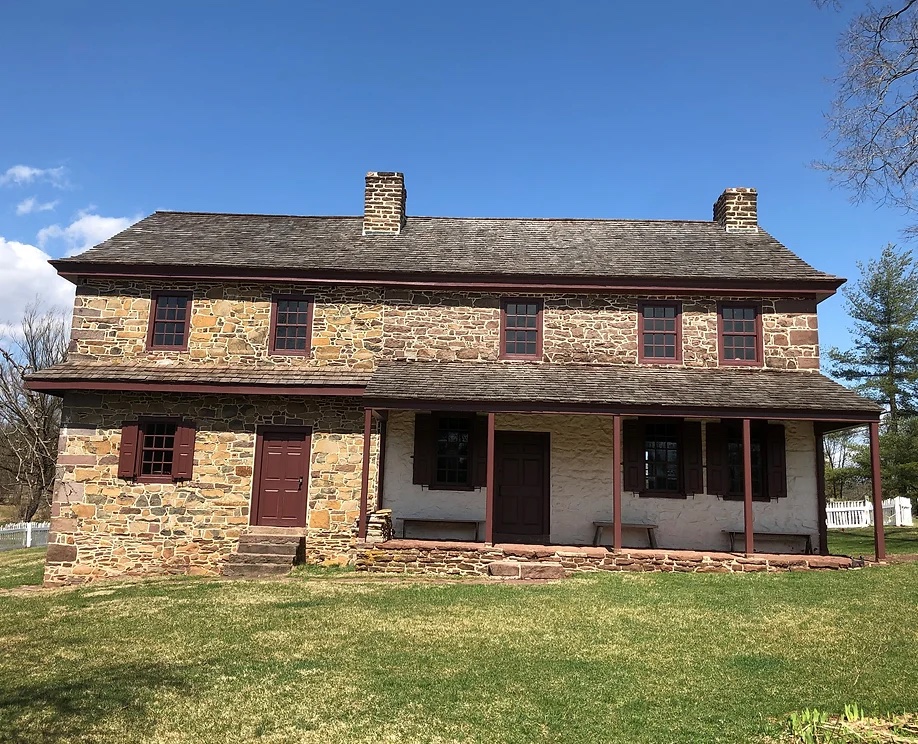
The Boone Homestead, purchased by Aaron Van Cleave in 1764 – https://www.thedanielboonehomestead.org/history
In 1769, Daniel Boone and his brother Squire Boone departed North Carolina for Kentucky, where they planned to scout locations for future settlement. Six of Aaron Van Cleave’s eight children were persuaded to join the Boones, including Jane Van Cleave, who was wedded to Squire Boone, cementing an alliance that would last generations.
The Boones and Van Cleaves established multiple settlements in what is now Kentucky, developing complicated relationships with the native peoples in control of those territories. In Southeastern Kentucky, a Shawnee chief named Blackfish adopted Daniel as a son, but later attacked his settlement at Boonesborough.

The “Wilderness Road” mapped by the Boone party – National Park Service
In Northern Kentucky, near present-day Ohio, the Miami made their opposition to the new settlers clear from the start. The Boones and their alliance families suffered numerous acts of violence including raids, capture, torture, enslavement, massacre and siege. Jane Van Cleave is known to have been present at both the Siege of Boonesborough in 1778 and the Long Run Massacre in 1781.
In the latter, a Miami war party under the command of British Captain Alexander McKee attacked Painted Stone Station, the settlement Jane and Squire founded. She holds the designation of “patriot of the Revolutionary War,” for choosing to remain in battle alongside her husband. Nancy Van Cleave is noted to have been captured by the Miami and never seen again. Among the dead were Mary Van Cleave (my many-times-great grandmother) and one Abraham Lincoln, grandfather of our 16th president.
A Delicate Note on Manifest Destiny It would be irresponsible to discuss Daniel Boone, a man synonymous with the concept of Manifest Destiny, without acknowleging that its realization led to the genocide of Native American populations. He represented a landslide movement, though he would describe himself as a simple Quaker woodsman. |
With each generation, my ancestors pushed further West. They brought with them an inborn respect for nature, as well as generational knowledge about how to survive off the land. Over the century following the Long Run Massacre, descendents of the survivors, like Cornelius Van Cleave, migrated through the plains, establishing homesteads in places we now call Indiana, Iowa, Colorado and Nebraska. Stephen Alva Van Cleave brought the clan to Oklahoma in 1901, then referred to as “Indian Territory.” He obtained a plot of land by lottery and established the homestead on which his daughter Carrie was raised.
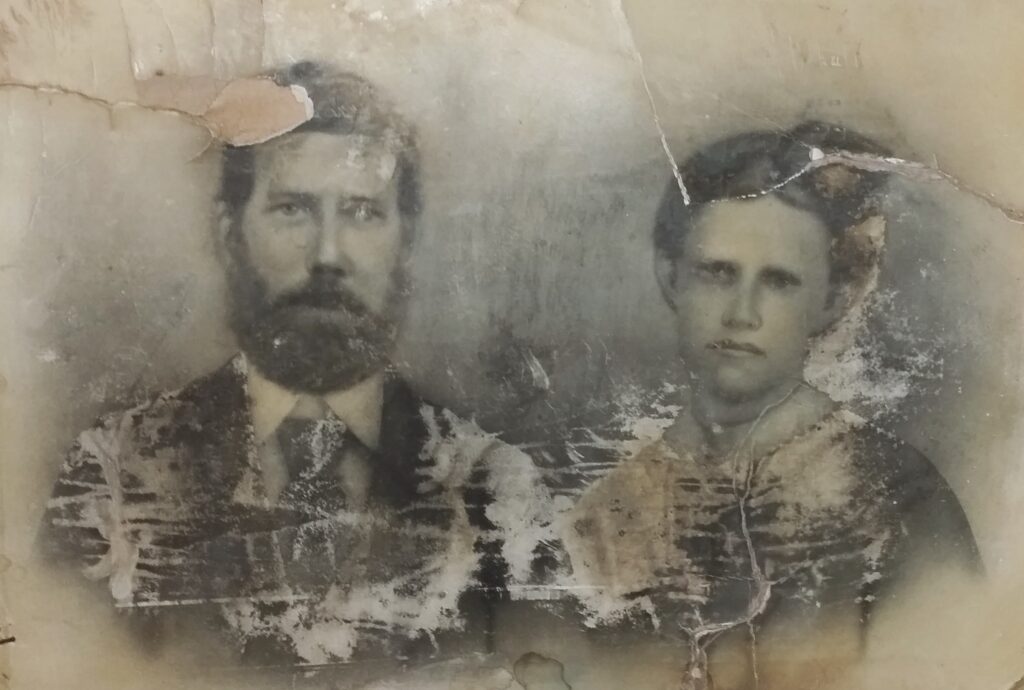
Cornelius and Rachel Van Cleave m. 1864
Note: The fact that this portrait traversed the “Wild West” by covered wagon for an entire generation, surviving intact to this day, indicates that it was for a long time the family’s most prized possession.
Carrie Van Cleave lived during a tumultuous time and place. Her childhood was full of upheaval, migration and conflict, and she came of age during the privations of WWI. In 1921, she gave birth to her first daughter, Audrey, raising her 12 children during the hardships of the Dust Bowl and WWII.
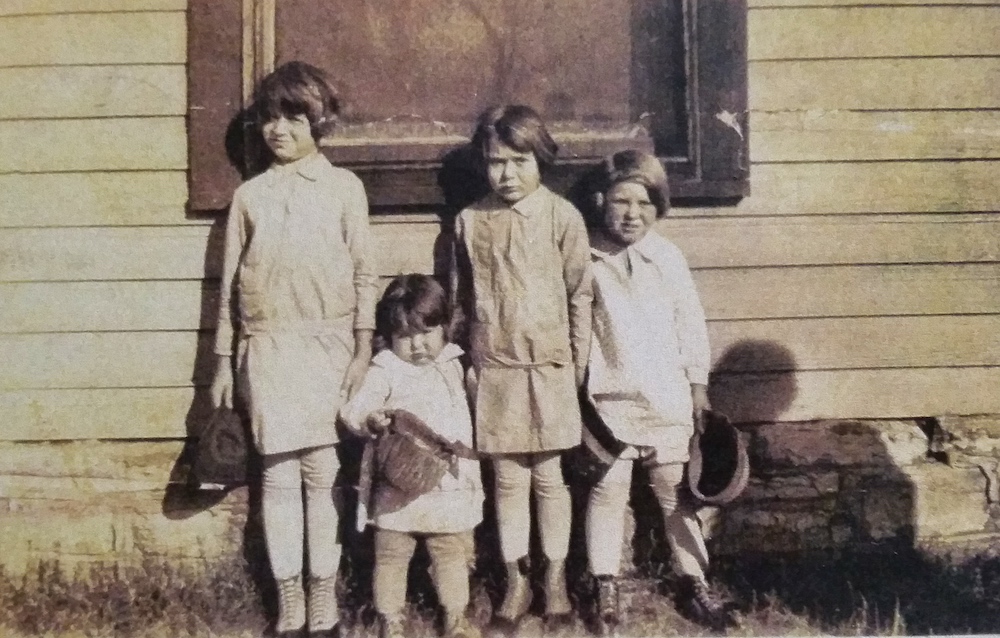
Audrey Strickland b. 1921, and sisters
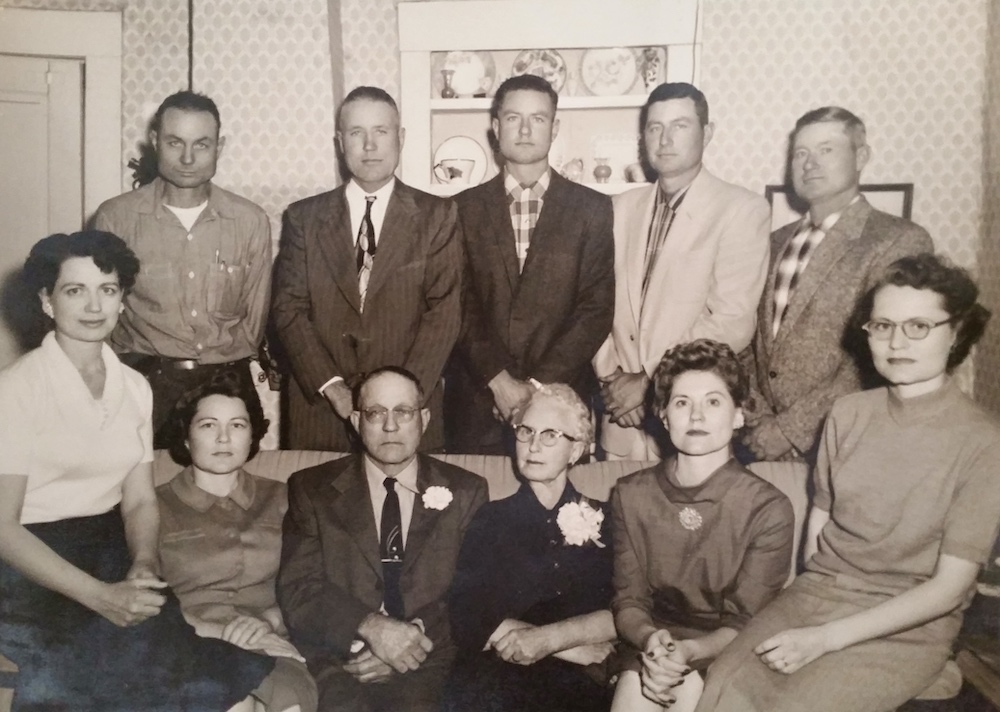 Carrie Van Cleave, husband and children, Audrey at left.
Carrie Van Cleave, husband and children, Audrey at left.
After World War I, tractors were invented, and this allowed for the plowing and planting of vast stretches of prairie, so my ancestors turned to growing cotton, wheat, cattle and other commodity crops. Without grass to hold down the soil, a subsequent drought caused what we now call the Dust Bowl.
When our nation’s munitions plants converted to fertilizer factories after World War II, a new type of land management took hold. This new way required annual inputs of fertilizer to keep the crops thriving, despite poor soil. This was attractive to Oklahoma farmers, whose topsoil had largely blown away in the preceding years. But these inputs were expensive. To afford them, one had to scale up. A farmer would buy his neighbor’s land on loan, and then be even more dependent on those inputs to keep making loan payments.

Carrie Van Cleave – Posing with a painted reproduction of the sod and log cabin she helped her family build in 1901.
Despite the commoditization of food crops in the 1950s, farmers typically still grew a lot of the food that they ate. Carrie Van Cleave’s grandchildren still milked the cow and churned the butter, canned the vegetables, and slaughtered the hogs the family ate. But when I reflect on my summers spent at Grandma Audrey’s farm, only one generation later, I notice a curious disconnection between our lives and the production of food that was the entire family’s livelihood. We all organized our days around the work of the farm, tasks such as working cattle, fixing fence and baling hay. But at no point in all those years in the fields did I see “food” in the work. The food we prepared and delivered to the people working in the fields came from Walmart. I didn’t see much “life” either. Between the rows of cotton or wheat was cracked, dry soil, devoid of its essential biology.
I saw nothing odd about this growing up, because it was our way of life. But when I compare the hallmarks of that lifestyle with the one I live now, I see many important differences. My farm is full of food, that you can recognize and eat, without sending it to a factory to be processed first. And I see life everywhere, from every ounce of soil all the way up to the tops of the trees. Insects, birds, mammals, amphibians and reptiles all voluntarily make their home here, and contribute to the essential diversity that makes this place work.
When we lost our old ways, we forgot how to work with nature, but everywhere I look, I see a resurgence of interest in “traditional skills.” More and more people are learning these ways, and teaching them to others, creating a connection to each other and to the land from which they eat.
My ancestors didn’t pass down generational wealth, but they gave me an ethos. This ethos includes values like:
- Make do with what you have
- Waste not want not
- Build it or fix it if you can’t buy it
- Engage in fair trade
- Be a good neighbor
- Don’t judge others
- Oppose injustice
These values won’t get you rich, but they can foster a connection to one’s community, something we all deserve and that so many are lacking. In large part, this began with the birth of industrial agriculture in the 1920s-40s and continued through the rise of the nuclear family and suburban sprawl of the 1950s-70s. If we are going to walk back the clock on two generations of ecological mistakes, it’s going to take time. But I see the progress every day in how we as a society interact with the concept of our home: Earth.
Sources:
https://berkshistory.org/article/daniel-and-squire-boone/
https://www.thedanielboonehomestead.org/history
https://www.dncr.nc.gov/blog/2024/01/17/squire-and-sarah-boone-m-3
https://www.paintedstonesettlers.org/
http://files.usgwarchives.net/ky/bullitt/correspondence/longrun.txt
https://www.hmdb.org/m.asp?m=161772
https://nationalcowboymuseum.org/explore/rushes-statehood-oklahoma-land-runs/
Blood and Treasure: Daniel Boone and the Fight for America’s First Frontier, by Bob Drury and Tom Clavin
